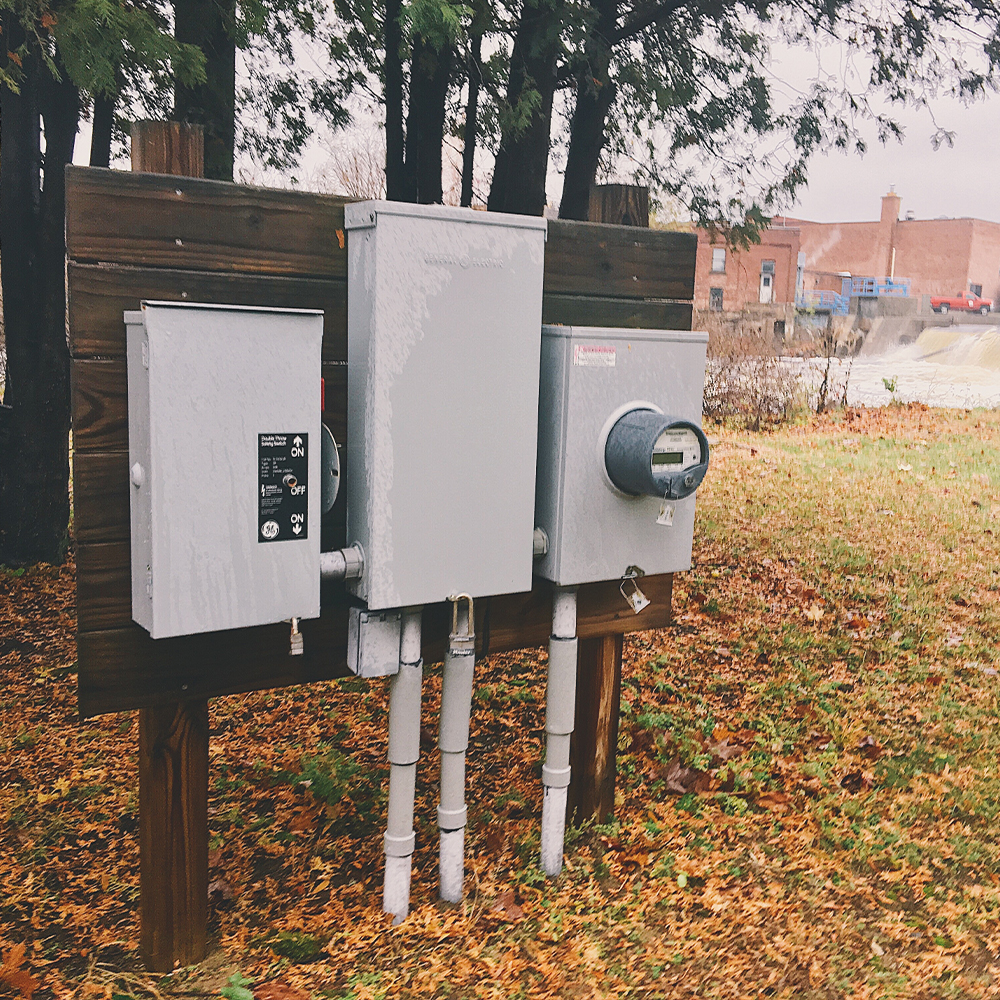
Solar and wind power have emerged as frontrunners in the quest for sustainable energy solutions. These renewable sources reduce carbon footprints and offer numerous benefits to organizations aiming to adopt environmentally friendly practices. This article will explore the top five advantages of integrating solar wind energy solutions into your organization’s infrastructure.
Cost Savings:
Implementing solar and wind energy solutions can significantly reduce operational costs for organizations; unlike traditional energy sources that rely on fossil fuels, solar and wind energy harness natural resources that are abundant and free. The ongoing operational costs are minimal once the initial investment in solar panels or wind turbines is made. Moreover, with advancements in technology, the efficiency of these systems has increased while the costs have decreased, making renewable energy more economically viable than ever before.
Financial Incentives and Tax Benefits
Governments and local authorities often provide financial incentives and tax benefits to organizations that adopt renewable energy solutions. These incentives can include grants, rebates, or tax credits, further enhancing the cost-effectiveness of transitioning to solar and wind power. By taking advantage of these programs, organizations can accelerate their return on investment and bolster their financial performance in the long run.
Environmental Conservation:
One of the most compelling reasons for adopting solar and wind energy solutions is their positive environmental impact. Unlike fossil fuels, which release harmful greenhouse gases into the atmosphere, solar and wind power generate electricity without producing carbon emissions. By reducing reliance on non-renewable energy sources, organizations can mitigate climate change and preserve the planet for future generations.
Conservation of Natural Resources
Traditional energy sources such as coal, oil, and natural gas are finite resources that are being depleted at an alarming rate. In contrast, solar and wind energy rely on renewable resources such as sunlight and wind, which are inexhaustible. By harnessing these abundant natural resources, organizations can reduce their dependence on finite fossil fuels and contribute to conserving natural resources for future use.
Energy Independence:
Solar and wind energy solutions offer organizations greater energy independence by enabling them to generate electricity on-site. This reduces reliance on centralized power grids and volatile energy markets, providing stability and security in the electricity supply. In addition, organizations can store excess energy in batteries or feed it back into the grid. Further enhancing their flexibility and resilience in managing energy needs.
Reducing Vulnerability to Energy Disruptions
Traditional energy sources are susceptible to disruptions caused by factors such as natural disasters, geopolitical conflicts, or infrastructure failures. By diversifying their energy sources with solar and wind power, organizations can mitigate the risk of disruptions and ensure uninterrupted operations. This resilience is particularly valuable in industries where reliable access to electricity is critical, such as healthcare, telecommunications, and manufacturing.
Corporate Social Responsibility:
Embracing solar and wind energy solutions demonstrates a commitment to environmental stewardship and corporate social responsibility. Consumers, investors, and stakeholders increasingly prioritize sustainability when engaging with organizations, and companies that adopt renewable energy are viewed more favourably. By aligning with values of sustainability and eco-consciousness. Organizations can enhance their brand reputation and attract environmentally conscious customers and partners.
Contributing to Sustainable Development Goals
Adopting solar and wind energy aligns with global efforts to achieve sustainable development goals. Such as affordable and clean energy, climate action, and responsible consumption and production. Organizations that integrate renewable energy solutions into their operations contribute to these broader objectives and play a role in advancing sustainability on a global scale. By actively participating in sustainable initiatives, organizations can position themselves as leaders in their industries and positively impact society.
Long-Term Viability:
As concerns about climate change grow and regulations on carbon emissions tighten. Renewable energy is poised to become increasingly prominent in the global energy landscape. Organizations can future-proof themselves against shifting energy trends and regulatory requirements by investing in solar and wind energy solutions. This long-term perspective ensures that organizations remain competitive and adaptable in an evolving marketplace.
Longevity and Durability of Infrastructure
Solar panels and wind turbines are designed to be durable and long-lasting, with minimal maintenance requirements. Unlike traditional energy infrastructure, which may require frequent repairs or upgrades. Solar and wind installations can provide reliable power for decades with proper care. This longevity reduces operational costs over time and ensures a stable and consistent energy source for the organization’s future needs.
As organizations strive to balance economic growth with environmental stewardship, adopting solar and wind energy solutions emerges as a strategic imperative. Beyond the tangible benefits of cost savings and energy independence, embracing renewable energy aligns with environmental conservation principles, corporate social responsibility, and long-term viability. By harnessing the power of the sun and wind, organizations can pave the way towards a more sustainable and resilient future for themselves and the planet.